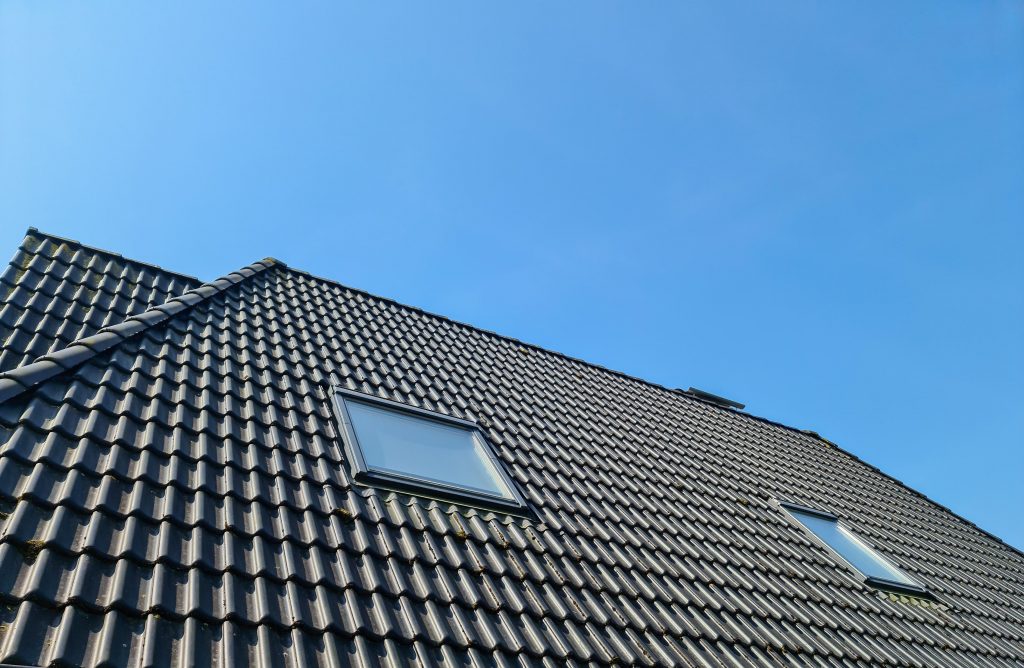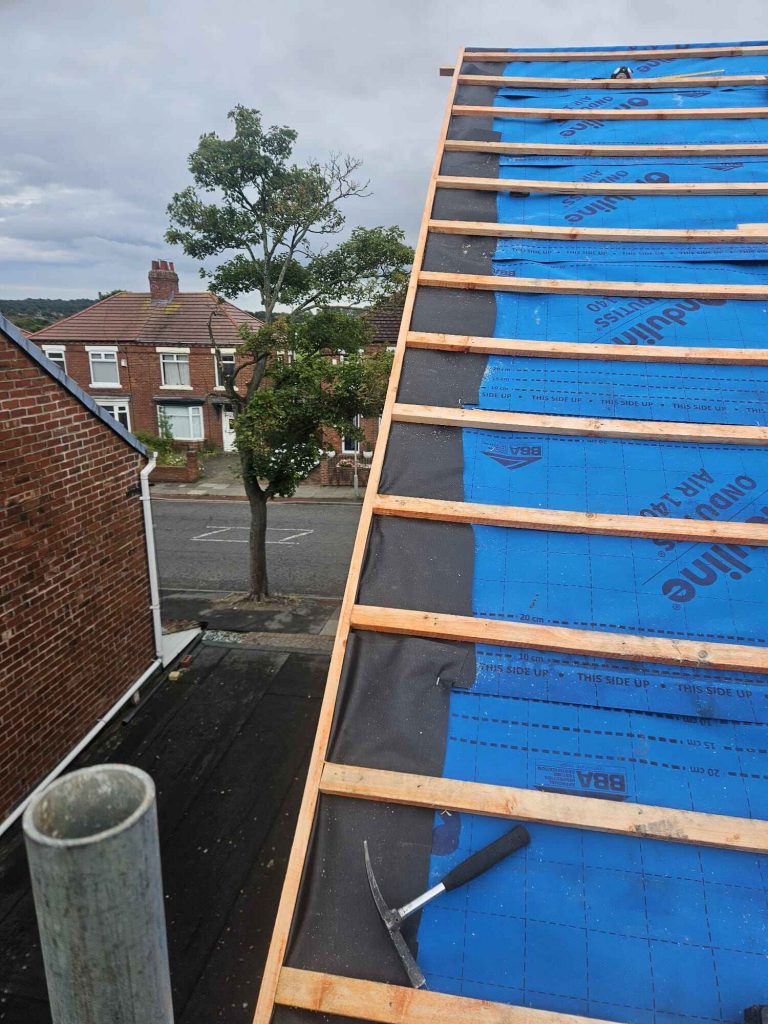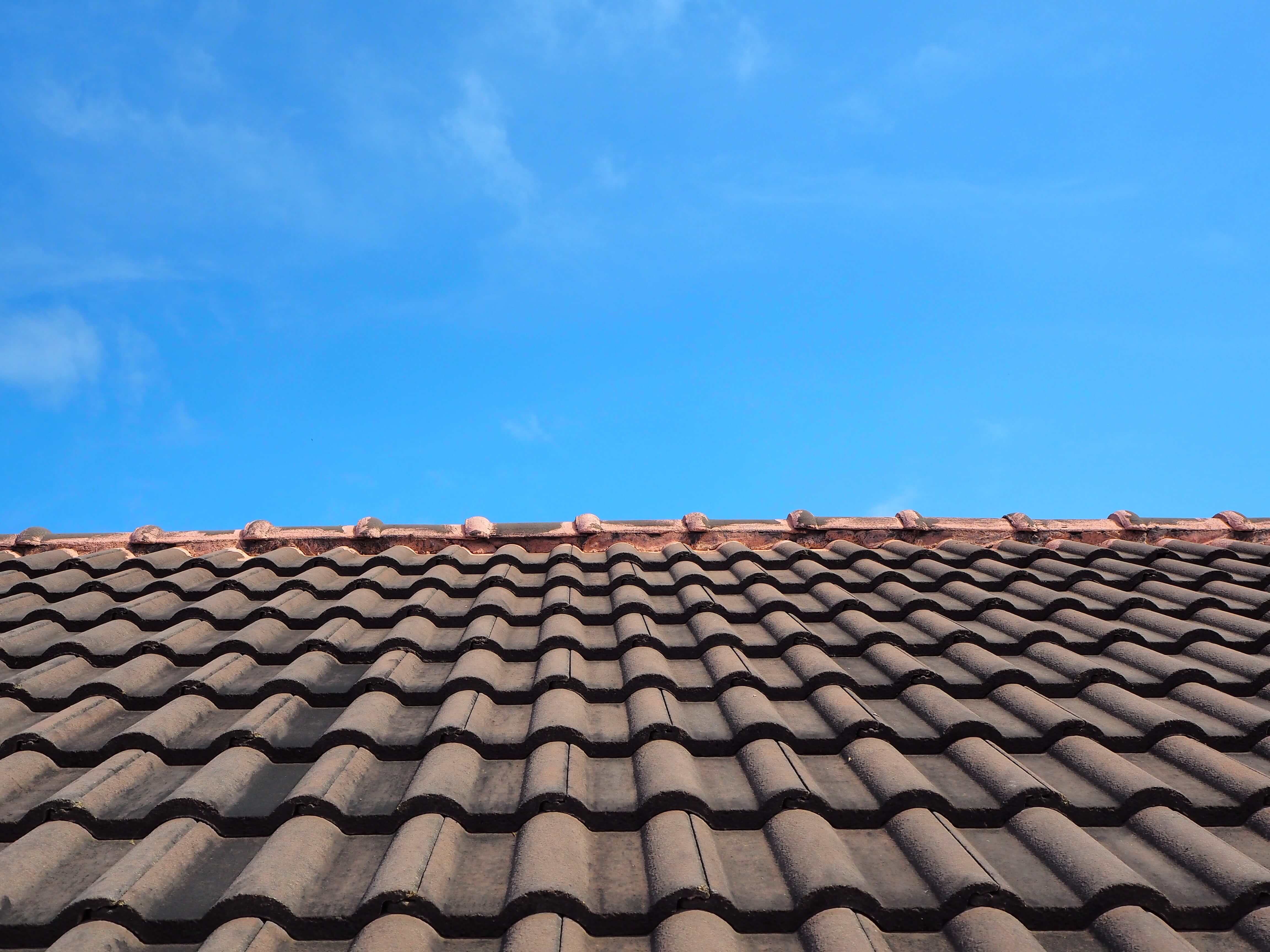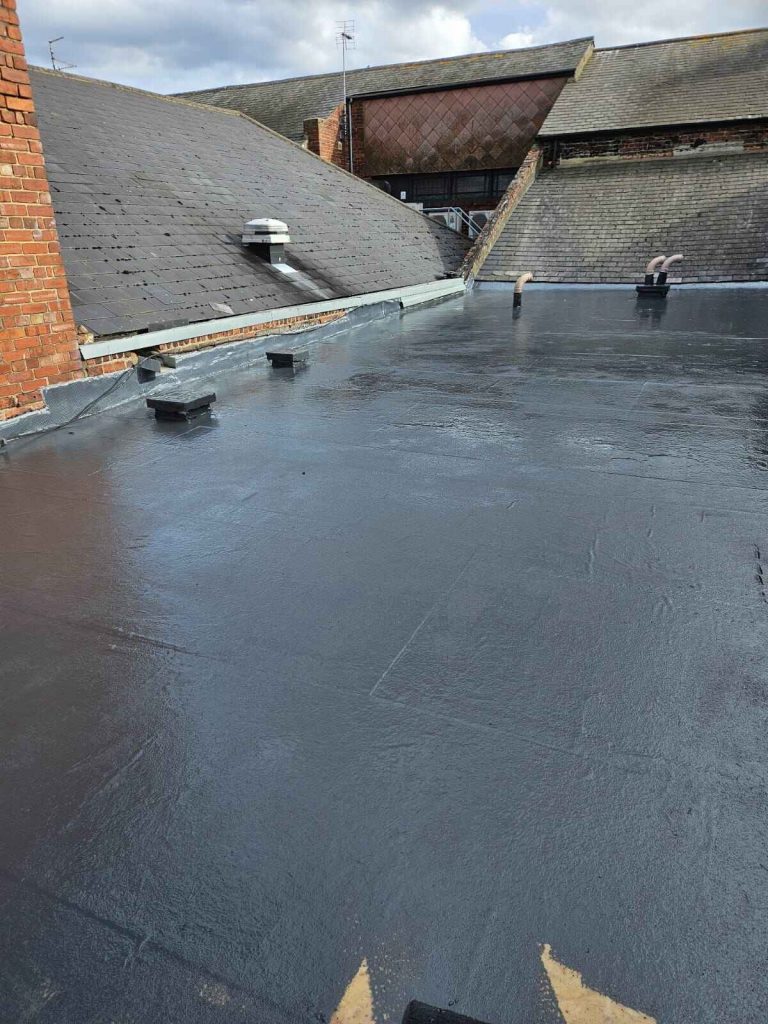Conclusion
Roof ventilation is an essential part of maintaining the health of your home. By ensuring that air circulates freely through your roof space, you can reduce moisture build-up, regulate temperature, and extend the life of your roof. Whether you are installing a new roof or upgrading an existing one, proper ventilation is key to preventing long-term damage and improving energy efficiency.
At SPS Roofing Services, we provide expert advice and installation of roof ventilation systems tailored to your property. Contact us today to find out how we can help protect your roof and improve your home’s comfort and energy efficiency.

Give us a call
07746 134 412




